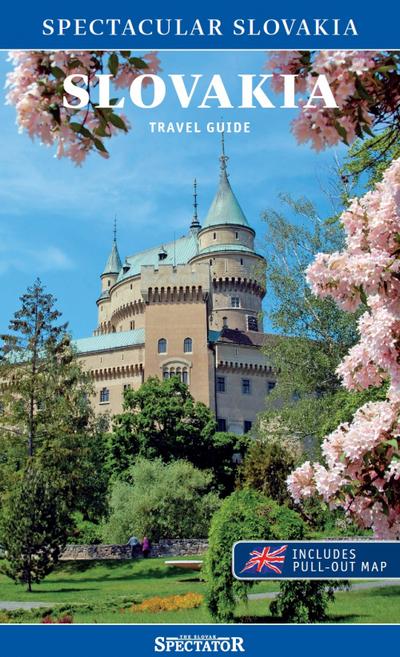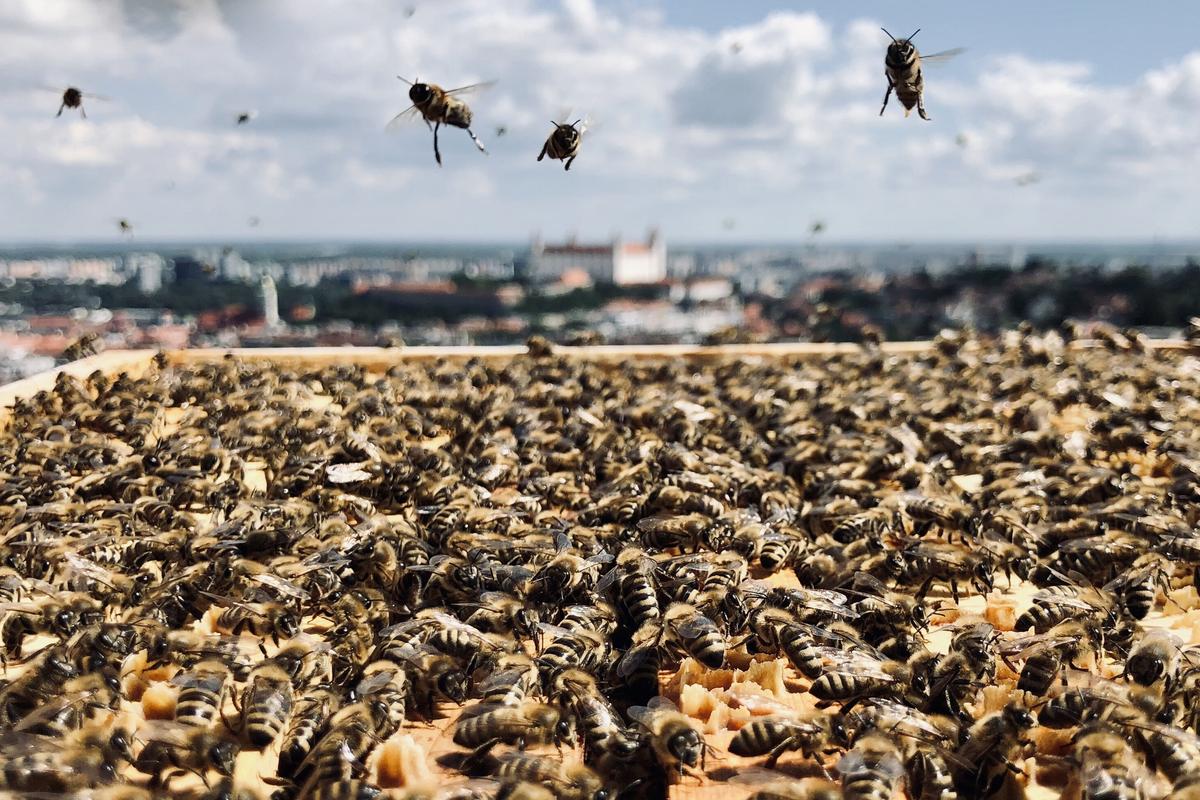Liquid gold from the heart of Slovakia is how honey made by Pavol Kamenský and his wife Tatiana has been described.
 Explore what Slovakia has to offer in our Spectacular Slovakia travel guide
Explore what Slovakia has to offer in our Spectacular Slovakia travel guide
In fact, you do not need to go as far as New Zealand, where the world’s most expensive manuka honey is produced, for excellent honey. Their flower honey made in the central-Slovak city of Banská Bystrica has a higher ability than manuka honey to inhibit bacteria that causes wound infections, a lab analysis by the Institute of Molecular Biology of the Slovak Academy of Sciences (SAV) confirmed.
“Our aim was to show that most Slovak honey is of high quality,” Tatiana Kamenská said about their endeavour to test the honey in the lab.
Their Včelársky Dom (Beekeeper’s House) apiary stands in an orchard. It is not surrounded by plants rich in nectar and pollen, like locust, rape or sunflower. Hence, they do not have much honey, but what they do have contains the best of the surrounding nature.
“The environment and what a beekeeper does affects the quality of the honey,” said Kamenská.
And not just honey. Meads made in Slovakia have won several prestigious international awards. The two best-known brands near the western-Slovak city of Trnava allow visitors to see how it is made, while in Nitra, mead enthusiasts can visit the museum of mead.
Bee products are also used for beauty treatments and those who need to relax and calm down can try sleeping with bees, an experience available in several places around the country.
Slovakia indeed has a rich beekeeping tradition. Several projects that focus both on educating future generations and giving jobs to socially disadvantaged groups aim to preserve and push it forward.


 Bees are no longer kept only in nature. They have found their way to urban areas, too. (source: Courtesy of Uletená včela)
Bees are no longer kept only in nature. They have found their way to urban areas, too. (source: Courtesy of Uletená včela)